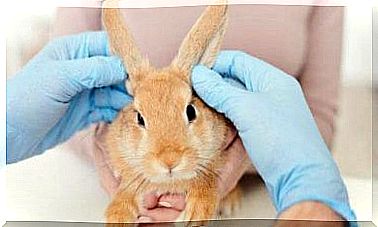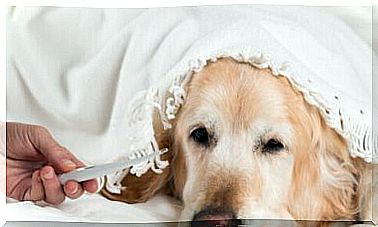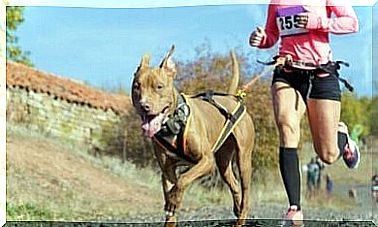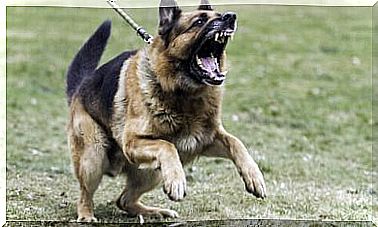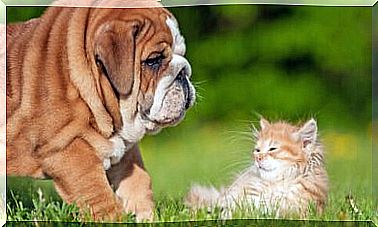The Chamois: A High Mountain Acrobat

High mountain areas have the reputation of being inhospitable places. However, for many animals and plant species they are the ideal habitat to live in. An example of this is the animal we will talk about today: the chamois. If you want to know more about this acrobat herbivore, do not miss this article.
The chamois: taxonomy and classification
Taxonomically, the chamois is classified as Rupicapra . Years ago it was thought that there was only one species: the Rupicapra rupicapra (or alpine chamois). However, thanks to various genetic and morphological studies, the scientific community has expressed the unanimous consensus that there are two different species:
- Rupicapra rupicapra : name assigned to the chamois of the Alps or other European mountain ranges.
- Rupicapra pyrenaica : name given to chamois living in south-western Europe.
These animals belong to the group of bovids, a large group of mammals which includes, among others, the sheep, the bull and the bison. Bovids are strictly herbivorous ruminants. This means that after they ingest their food, they regurgitate it to chew it again and digest it completely.
General characteristics
The chamois is an animal whose size is no larger than that of a goat. Its height, in general, does not exceed 80 centimeters and its weight varies between 20 and 30 kilograms.
This bovid has a small tail which, added to the length of its body, allows this animal to reach 120 centimeters. The chamois has excellent sight, hearing and smell. These features allow him to quickly detect dangers.

Unlike other bovid species, both male and female chamois have horns. The horns, positioned above the head, grow vertically and then become curved assuming the typical hook shape.
In order to live and move in the high mountains, chamois have adapted to this environment. They have developed thin hooves with a central pad that allows them to climb any type of surface.
Another feature of these animals is their coat, which varies according to the season of the year. In summer, when temperatures are high, the coat is reddish with some white areas and a black line on the back. In winter, however, the coat is harder and thicker and has a brown or blackish color.
The feeding of the chamois
As we said earlier, they are strictly herbivorous animals. Their diet includes grass, herbaceous plants, sprouts, moss, and even grasses. The eating habits of chamois vary according to the time of year.
In the summer, they prefer to graze in areas where there is an abundance of grass. In winter, they feed on other types of vegetation, as grass is generally very scarce.
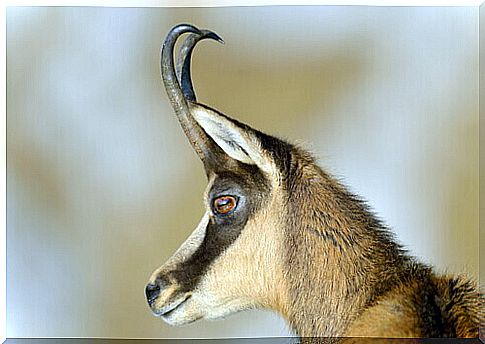
Habitat and habits
The chamois is an animal that likes to live in mountain areas and especially in wooded areas. When summer arrives and temperatures rise, these animals climb almost to the maximum altitude of the mountain and there they spend most of their day grazing away from any danger.
With the arrival of winter, the chamois are forced to descend to the upper limit of the forest, preferring the sunniest areas. They generally travel in groups. The chamois is in fact a sociable animal that lives in small groups. It is a diurnal species, therefore, it carries out most of its daytime activities.
Chamois are shy animals and tend to avoid unexpected encounters. The greatest dangers for these animals are represented by their predators: wolves, bears and humans. In addition, another danger they can face are avalanches which, despite their agility, sometimes take them by surprise.
